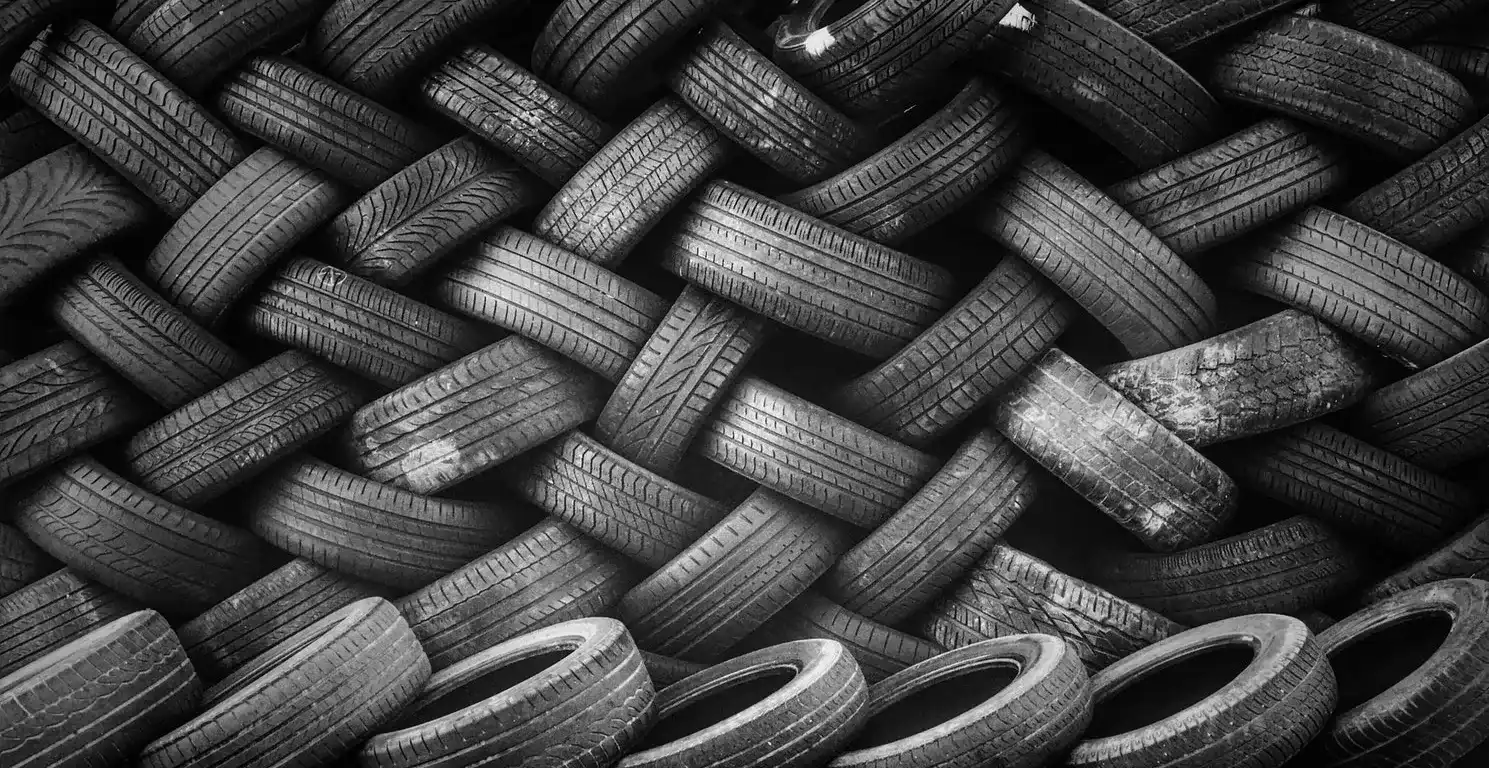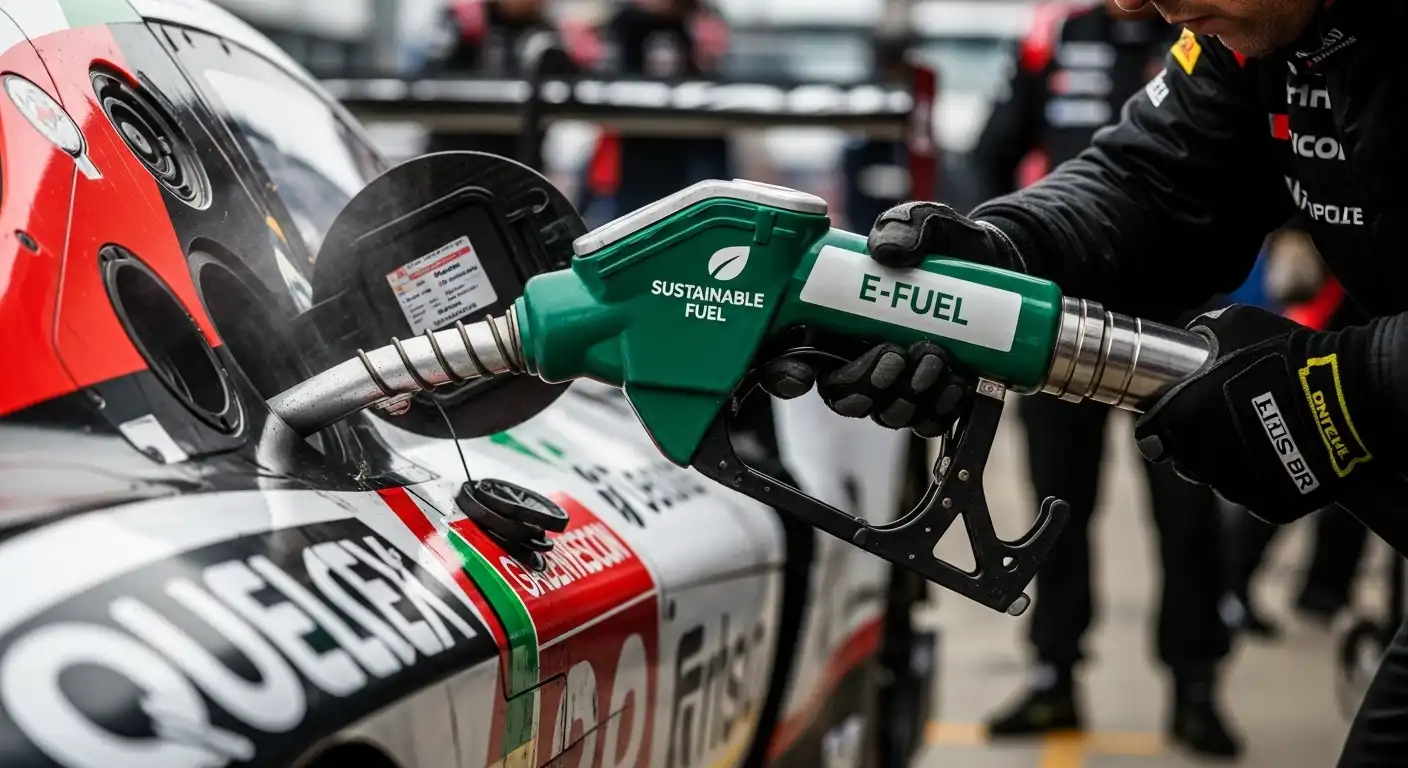Tires are often the most overlooked yet one of the most critical components when preparing for track days. The right set of tires can significantly enhance your car’s grip, performance, and safety, making the difference between a fast lap time and a spin-out. Whether you’re a novice track enthusiast or a seasoned racer, understanding how to choose the right tires for track days is essential for optimizing your car’s performance.
In this guide, we’ll walk you through the key factors to consider when selecting tires for track use and how to make the best decision based on your car, driving style, and the track conditions.
1. Understand the Different Types of Track Tires
Why It’s Important: Not all tires are created equal, and the type of tire you choose will depend on your driving goals, track type, and weather conditions. Track tires are designed to offer maximum grip, heat resistance, and performance, but each type has its own specific benefits.
What to Know:
-
Street Tires (UHP or Ultra-High-Performance): These tires are designed to be street-friendly while offering a good level of performance. They’re typically more affordable than dedicated track tires and can handle occasional track days. However, they don’t provide the same level of grip or durability as race tires.
-
Track-Day Tires: These tires are specifically made for high-performance driving on the track. They provide better grip than street tires and are designed to handle the heat generated during track sessions. They are a great choice for both novice and intermediate drivers.
-
Racing Tires (Competition Slicks): These tires are designed for experienced drivers and professional racing. Slick tires have no tread and offer maximum contact with the road, delivering incredible grip and performance. However, they require careful management of tire pressure and temperature to avoid excessive wear and loss of traction.
Why It Matters: Choosing the right type of tire ensures that you get the right balance between grip, durability, and performance based on your skill level and the type of track day you’re attending.
2. Choose the Right Tire Compound for Your Needs
Why It’s Important: The tire compound plays a critical role in the performance of the tire, especially when it comes to grip and durability on the track. Different compounds are designed to offer different levels of grip, with softer compounds providing better performance at the cost of durability, and harder compounds offering longer-lasting performance but less grip.
What to Know:
-
Soft Compounds: These provide the highest level of grip, making them ideal for dry track conditions where maximum performance is desired. However, they wear out more quickly and may not be ideal for extended sessions or racing.
-
Medium Compounds: A good balance between grip and durability, medium compounds are versatile and well-suited for mixed conditions. They offer good performance but last longer than soft tires.
-
Hard Compounds: Best for high-speed tracks or endurance racing, hard compounds offer more durability and better wear resistance. However, they don’t provide as much grip as softer compounds, so they may not be the best choice for performance-oriented track days.
Why It Matters: Selecting the right compound ensures that you get optimal grip for the track conditions while avoiding excessive tire wear or premature degradation during your session.
3. Consider Tire Size and Fitment
Why It’s Important: Tire size and fitment are crucial for achieving optimal handling and performance on the track. The wrong tire size can negatively affect your car’s handling, stability, and safety, which can ultimately impact your track times.
What to Know:
-
Aspect Ratio and Width: Track tires with wider tread (larger contact patch) provide better grip but may affect steering response and handling. Make sure the tire’s width is compatible with your car’s wheel size and suspension setup. Too wide a tire may lead to rubbing or decreased handling responsiveness.
-
Diameter: The diameter of the tire affects the car’s overall gearing and speed. Larger diameter tires can lower your car’s overall gearing, affecting acceleration and top-end speed.
-
Match the Manufacturer’s Recommendations: If you’re unsure about which tire size to go with, always check the vehicle manufacturer’s recommendations for tire sizes. For track-specific upgrades, consulting with a professional or experienced track-day participant can help you choose a size that improves performance without compromising safety.
Why It Matters: Choosing the right tire size ensures that your car’s suspension and steering geometry are properly matched, enhancing handling and overall performance on the track.
4. Think About Track Conditions and Weather
Why It’s Important: Track conditions, including surface type, temperature, and weather, can significantly impact tire performance. You need to select tires that will perform well in the specific track conditions you’ll be racing in.
What to Know:
-
Dry Conditions: On dry, smooth tracks, you’ll get the most benefit from high-performance, soft compound tires. These tires provide maximum grip but will wear out more quickly in hot conditions. For dry track days, tires like semi-slicks or full racing slicks are ideal.
-
Wet Conditions: In wet or damp conditions, performance tires with some tread are recommended. Tires with grooves and channels designed to evacuate water and maintain traction are crucial for avoiding hydroplaning. Make sure your tires are rated for wet conditions if there’s any chance of rain.
-
Cold Weather: If you’re attending track days in cooler weather, choose tires that are capable of warming up to provide adequate grip. Tires with a softer compound often perform better in cold temperatures than hard compounds.
Why It Matters: Tailoring your tire choice to the specific track and weather conditions ensures optimal traction and performance, preventing slip-ups or loss of control during your session.
5. Budgeting for Track-Day Tires
Why It’s Important: High-performance tires designed for track use are often more expensive than standard street tires. However, the investment is worthwhile for improving your overall track experience and performance. It’s important to consider your budget and weigh the costs of high-performance tires against their benefits.
What to Know:
-
Cost vs. Benefit: While track-day tires and race tires may have a higher upfront cost, they deliver superior grip, better handling, and enhanced durability compared to standard tires. It’s worth investing in quality tires for serious track enthusiasts.
-
Tire Longevity: Track tires, especially soft compounds, can wear out quickly. Be prepared to replace your tires after a few track days, depending on how much you push the car. Some brands offer longer-lasting performance tires that balance grip and longevity, so consider options that give you the best value for your money.
Why It Matters: Understanding your budget helps you make an informed decision about which tire to buy. Investing in high-quality tires improves both performance and safety, allowing you to get the most out of your track day without compromising on performance.
Conclusion:
Choosing the right tires for your track day is essential for achieving the best performance and maintaining safety during your session. Whether you’re upgrading to soft compounds for maximum grip or considering tire size and fitment for optimal handling, making the right choice will significantly impact your experience on the track. Keep in mind the track conditions, your car’s performance needs, and your budget to select the ideal tire for your goals.
At Daily AutoSport, we provide expert advice and tips to help you get the most out of your track days. Stay tuned for more insights on car performance and maintenance to ensure you’re always prepared for the track!


